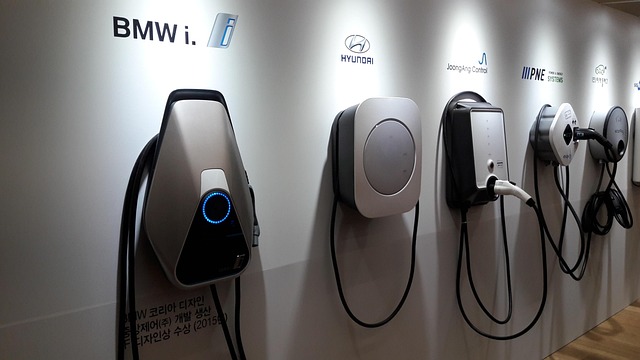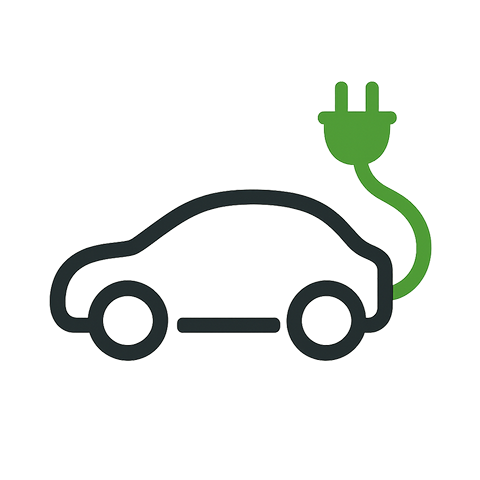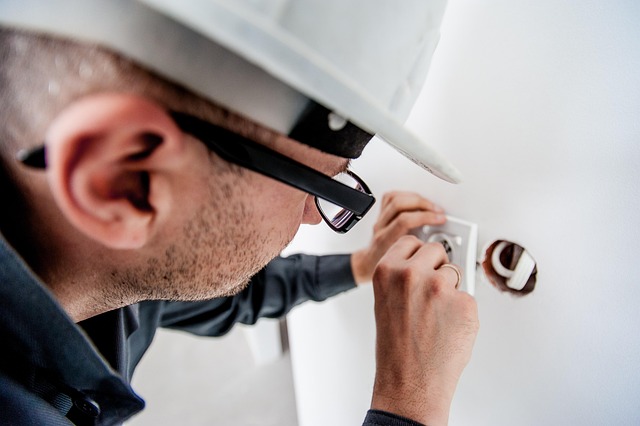
Remote Assistance for Electric Cars Troubleshooting Parts and Service
Electric vehicles are transforming how we move, yet like any sophisticated machine, they can develop issues. Traditionally, fixing a fault required a mechanic to physically inspect the car, often forcing owners to bring their vehicles to a shop. Remote assistance for electric cars breaks this barrier by letting technicians diagnose and sometimes repair problems over the internet, reducing downtime and cost for both owners and service centers.
What is Remote Assistance for Electric Cars?
Remote assistance for electric cars enables experts to access a vehicle’s diagnostic data, sensor readings, and control systems from a distant location. Through a secure connection—often via a dedicated mobile app or the car’s infotainment screen—customers can open a live session with a technician who can view real‑time telemetry, run diagnostic routines, and even deploy software updates. The process mirrors tele‑medicine, where specialists consult patients without being on site.
Key Technologies
Several technologies combine to make remote assistance possible:
- Vehicle‑to‑Cloud (V2C) platforms that transmit data to central servers.
- Over‑the‑Air (OTA) firmware delivery that allows patches to be applied remotely.
- Encrypted communication channels that protect privacy and data integrity.
- Diagnostic software that translates raw sensor output into actionable information.
These components give technicians a comprehensive view of a car’s health from a distance.
Typical Issues Resolved Remotely
Electric cars rely on complex electronics, battery management, and high‑voltage systems. Remote assistance is particularly effective for:
- Battery temperature alarms that trigger safety shutdowns.
- Software glitches in traction or regenerative braking.
- Communication errors between the central controller and motor drives.
By inspecting logs in real time, a technician can often pinpoint the fault without a physical inspection.
Real‑World Example
A driver notices reduced range after a firmware update. Using the car’s app, she initiates a remote session. The technician accesses the battery management logs, identifies a cell voltage discrepancy, and pushes a calibration patch. Within minutes the range returns to normal, saving both time and the expense of a service center visit.
“Remote assistance turned a potential week‑long problem into a 15‑minute fix.”
Benefits for Owners and Service Providers
Remote assistance for electric cars delivers multiple advantages:
- Less travel time—owners keep their vehicles at home.
- Lower service costs—no need for parts shipped on‑site.
- Faster resolution—diagnostics can be performed instantly.
- Data‑driven improvements—information from remote sessions informs future design.
Service centers can manage more vehicles with the same staff, boosting efficiency and customer satisfaction.
Parts That Can Be Diagnosed Remotely
Many critical components can be examined through software:
- Battery pack management modules.
- Electric motor controllers.
- High‑voltage power electronics.
If a hardware failure is detected, the system can alert the owner to the exact part that needs replacement before a technician arrives.
Security and Privacy
Accessing vehicle data requires robust security. End‑to‑end encryption, multi‑factor authentication, and strict access controls protect both the owner’s privacy and the technician’s liability. Most platforms also log every session, providing an audit trail that satisfies regulatory requirements and builds trust.
Future Trends
Remote assistance for electric cars will grow in several directions:
- Predictive maintenance using AI to forecast component wear.
- Real‑time coaching for drivers to perform minor repairs.
- Integrated energy management for optimal charging schedules.
- Standardized protocols that allow cross‑manufacturer support.
These innovations will make electric cars even more reliable and user‑friendly.
Conclusion
Remote assistance for electric cars marks a new era in vehicle maintenance. By coupling connectivity with advanced diagnostics, owners receive quicker, cheaper solutions while service providers benefit from higher throughput and richer data. As the automotive world moves toward electrification, remote support will become essential for delivering reliable, high‑quality care that meets modern expectations. The future of car service is not only electric—it is also remote, responsive, and highly efficient.



